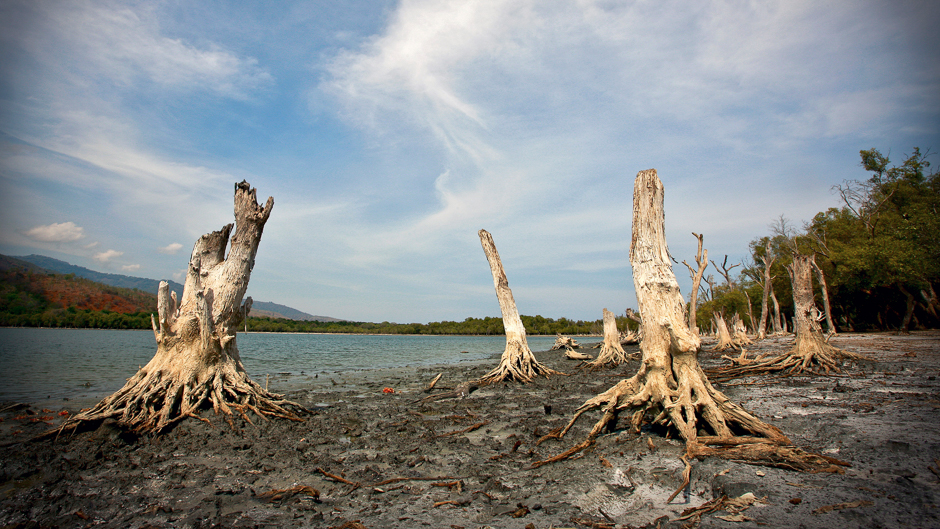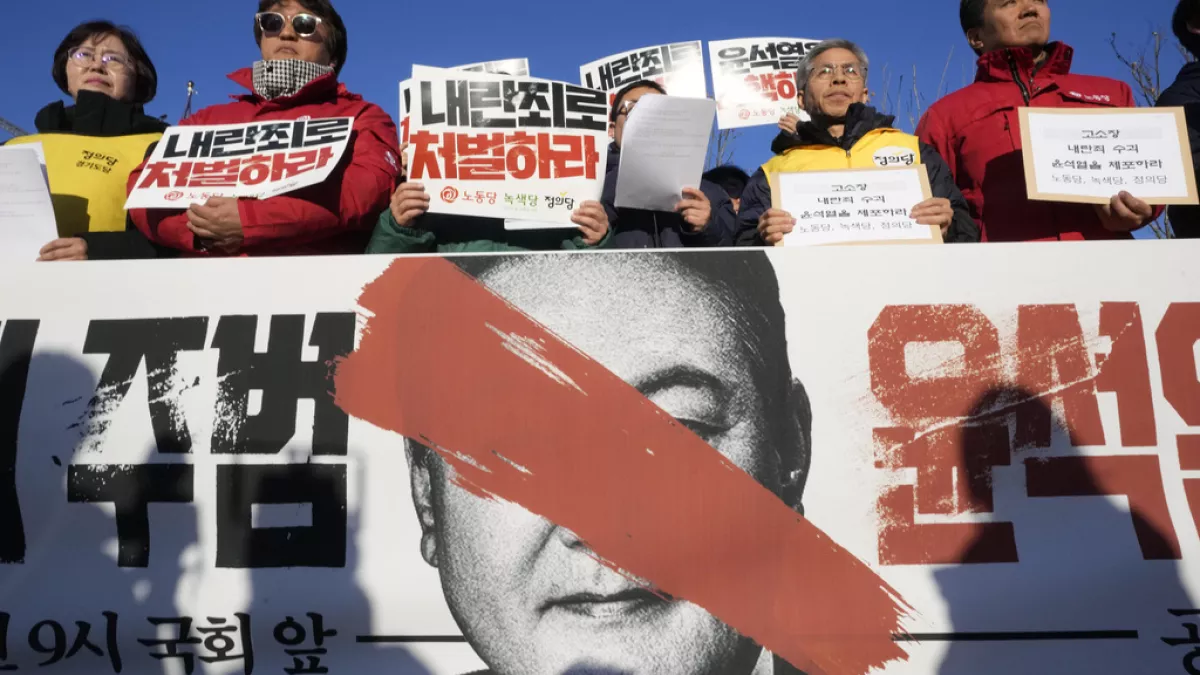In the blistering summer of 2023, a farmer in northern India watched the last of his crops dry up in the heat. The monsoon, which used to arrive with near-clockwork regularity, had faltered again. His borewell had run dry weeks earlier. Miles away in coastal Bangladesh, another farmer faced a different crisis, his land had turned saline from the rising sea, no longer capable of growing rice. These aren’t disconnected anecdotes, but are the daily realities of climate change in South Asia, a region increasingly defined by its exposure to this never ending climate crisis.
The Intergovernmental Panel on Climate Change (IPCC) has identified South Asia as one of the world’s most climate-vulnerable regions, warning that warming temperatures, sea level rise, and extreme weather are already exceeding the region’s capacity to adapt¹. And yet, even in the face of intensifying droughts, floods, and storms, South Asia is not standing still. From sweeping national policies to grassroots innovations, the region is trying, unevenly but urgently, to build climate resilience.
India’s National Action Plan on Climate Change (NAPCC), launched in 2008, was among the first large-scale responses in the region.[1] It introduced eight national missions on everything from solar energy to water conservation. It was a promising start, and India has since emerged as a global leader in solar power expansion.[2] But much of the momentum has remained at the central level. Across Indian states, the implementation of climate policy often falters due to bureaucratic inertia, underfunding, and a lack of localized planning.[3]
Yet India’s challenges mirror those across South Asia, where well-crafted national policies frequently run into structural barriers. Bangladesh’s Delta Plan 2100, a long-term strategy to adapt to climate and water-related risks, is one of the most ambitious adaptation frameworks in the developing world. It takes into account sea level rise, changing rainfall patterns, and the future of agriculture and infrastructure across generations.[4] But as with India, implementation is difficult without consistent financial support, both domestically and internationally. According to the United Nations Development Programme’s (UNDP) 2023 report, financing gaps remain a central obstacle across the region.[5]
Nepal, with its mountainous terrain and fast-retreating glaciers, has taken a more locally driven approach. Its updated Climate Change Policy emphasizes community-based adaptation, encouraging local governments and civil society to lead resilience efforts. While its scale may differ from India or Bangladesh, the core issues remain the same: climate action is often strongest in policy documents, but weakest in execution. Funding bottlenecks, political turnover, and limited infrastructure regularly delay even the most urgent projects.
Despite their unique geographies and national identities, these countries are bound by shared ecological realities—and shared struggles. Climate change in South Asia does not respect borders, and neither do its consequences. Yet the region’s political architecture has so far failed to keep pace with the cross-border nature of the crisis. The South Asian Association for Regional Cooperation (SAARC), which adopted a Climate Change Action Plan in 2008, had the potential to unify the region around common goals: data sharing, joint disaster preparedness, and regional knowledge exchange.[6] But SAARC has largely become dormant in the face of diplomatic tensions, particularly between India and Pakistan, rendering climate cooperation largely symbolic.
This is most painfully evident in the management of shared river basins, such as the Ganges-Brahmaputra-Meghna system. Hundreds of millions of people rely on these transboundary rivers for drinking water, agriculture, and hydropower. In the face of growing water stress, collaboration is not optional; it’s essential. There have been some promising developments, particularly between India and Bangladesh, who have cooperated on flood forecasting and water data sharing. But broader basin-level management remains fragmented, hindered by politics and a lack of robust regional frameworks.
At the same time, global climate negotiations have helped nudge national governments toward greater ambition. Under the Paris Agreement, South Asian countries have submitted increasingly assertive Nationally Determined Contributions (NDCs). India’s revised targets include sourcing 50% of its electricity from non-fossil sources by 2030 and achieving net-zero emissions by 2070.[7] Bangladesh and Nepal have also enhanced their NDCs, particularly around adaptation, though both stress that their progress depends heavily on international support.
Still, across the region, a tension persists between ambition and reality. Industrial emissions continue to rise, particularly in sectors like cement, steel, and textiles. A 2023 report by the Climate Policy Initiative found that while many South Asian corporations have made sustainability pledges, actual compliance is limited and enforcement mechanisms are weak.[8] Greenwashing remains a serious problem, and environmental regulations are often poorly monitored or deliberately ignored. Without transparency and accountability, many of these climate targets risk becoming hollow commitments.
Yet resilience is also being written into the smaller, often overlooked corners of South Asia’s climate story. In rural Rajasthan, solar-powered mini-grids are lighting up villages that once depended on diesel generators. In Dhaka’s low-income neighborhoods, floating gardens help provide food security during the flood season. In Nepal’s highlands, communities are blending traditional knowledge with modern practices to prevent landslides and soil erosion. These aren’t headline-grabbing megaprojects, but they are working solutions and adaptations born out of necessity, ingenuity, and community solidarity.
In my opinion, South Asia now needs to scale. These local innovations must be supported by national systems, and national plans must be buttressed by regional cooperation. Climate finance must be reimagined not just as aid, but as an investment in stability, in health, and in the shared future of over a quarter of the world’s population. And just as importantly, the region must embrace a new political imagination: one that views climate not as a side issue to development, but as the foundation upon which all development must now rest.
The farmer in Uttar Pradesh and the coastal communities adapting in Bangladesh, they are not waiting for global summits or five-year plans. They are adapting now, as we speak, with what little they have. The question is whether their governments, industries, and neighbours across borders will match that urgency, that clarity of purpose. Because in South Asia, the storm has already arrived.
Tarushi Sahni is an undergraduate student at the University of Toronto, majoring in International Relations and Economics with a minor in Psychology. Coming from the vibrant city of Mumbai, she loves the city life in Toronto and has been quick to embrace it. She is interested in the way the pandemic and shifts in diplomacy have encouraged western countries and MNCs to shift their manufacturing units from China to South Asian countries.
References:
-
Intergovernmental Panel on Climate Change. (2022). Sixth Assessment Report: Impacts, Adaptation and Vulnerability. https://www.ipcc.ch/report/ar6/wg2/downloads/report/IPCC_AR6_WGII_FinalDraft_FullReport.pdf ↑
-
United Nations Development Programme. (2023). Building Climate Resilience in Vulnerable Regions. https://www.undp.org/publications/undp-annual-report-2023 ↑
-
Ibid. ↑
-
Ibid. ↑
-
Ibid. ↑
-
SAARC. (2008). SAARC Action Plan on Climate Change. https://thimaaveshi.files.wordpress.com/2009/10/saarc_action_plan.pdf ↑
-
Climate Action Tracker – India. Retrieved from https://climateactiontracker.org/countries/india/ ↑
-
Climate Policy Initiative. (2023). Tracking Climate Finance and Industry Compliance in South Asia.








